Tata Hexa vs Toyota Innova Crysta: Comparison
The Toyota Innova, hands down, is one of the most enticing products in its respective segment. But with the advent of Tata Hexa, things are turning in the favour of the homegrown carmaker. Let's see which one trumps the other.
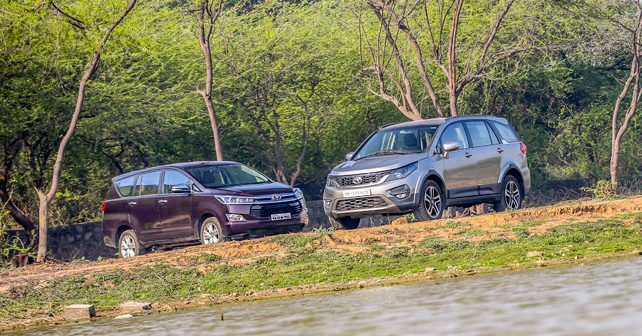
As part of its continued transformation, Tata Motors has launched the Hexa – which directly competes with the mighty Toyota Innova. But in this battle of the sales giant versus the home favourite, can the Hexa match the Innova?
In its on-going quest for improvement and repositioning, Tata’s latest salvo has been a large, seven-seater SUV – the Hexa. At first sight, the Hexa’s design seems to have been derived as an evolution of the Aria, albeit with major improvements. With interesting cladding all around the car, as well as a prominent front-end, the Hexa has major road presence and grabs a lot of attention. The more impressive change, though, is in the cabin. The plastic quality has seen a major improvement when compared to other Tata products, and the overall fit-and-finish is of a very high standard. In fact, it looks quite un-Tata-like with smart design and particularly impressive seats draped in leather – which provide excellent back support even on long journeys.
Powertrain wise, the Hexa in XTA trim carries over the 2.2-litre turbo-diesel engine from the Aria, and is available with a six-speed manual and six-speed automatic gearboxes. Our test car was the six-speed automatic, which surprisingly is an excellent gearbox. The shifts from the box are quick and it’s been programmed so well that in day-to-day use one never feels the need to manually shift gears. The engine too works quite well, despite being an old unit now – and delivers adequate grunt with its 154bhp and 400Nm of torque. The NVH levels too have been controlled well, and in normal use the engine noise is quite low. However, when revved hard, the engine does make its presence felt and could do with some additional refinement.
The real charm of driving the Hexa, though, was how well the suspension has been the tuned. Even at high speeds, the car feels utterly planted and the ride quality is quite sublime. No matter what the road conditions are, the Tata Hexa, despite being fitted with large 19-inch rims on our test car, delivers a flawless experience. It shows that the Tata engineers have put in a lot of effort towards delivering a competitive product, and it reflects in the fit-and-finish and driving experience of the car. However, as you dig deeper, you notice that some niggling issues remain. For instance, the steering is set at a high and awkward angle, which makes getting the steering position right an absolute pain. And let’s not even start on the effort required to turn the steering at low speeds – let’s just say that your daily workout will be taken care of. Also, in our test car, one of the tweeters on the rear door popped out by itself – showing that while Tata has got the basics right, they could still do with some more attention-to-detail. The largest gripe with the Hexa, though, is how heavy the car is. At almost 2.3 tons, you can always the feel the weight – and even more so when braking from high speeds. Suffice to say, it could do with being put on a diet.
The Innova Crysta, on the other hand, remains a model of Japanese efficiency. With the latest-gen car receiving major updates to the interior and design of the vehicle, the Crysta is the current segment leader – and it’s self-evident why. The interiors are brand new, and the colour scheme, as well as the fit-and-finish, feel far more plush and premium than ever before. The touchscreen entertainment system, while very effective, remains a sore point for me though. Even basic operations require you to take your eyes off the road, and that’s something that’s best avoided.
Powertrain wise, the Crysta features a new 2.8-litre diesel engine and is paired with a 6-speed automatic on our test car’s top-of-the-line Z trim. The engine is quite smooth and produces 172bhp and 360Nm of torque. However, the refinement of the engine is a bit lacking and that becomes apparent as the revs climb. Overall, the Crysta is a much-improved driver’s car and, compared with the previous gen, is vastly improved as far as driving appeal is concerned. The ride too is quite good, and the car is quite stable even at high speeds.
Comparing the Hexa and Innova Crysta might seem a bit unfair, but, given their similarity in size, it makes for a natural contest. And while the Hexa has major positives going for it, such as the excellent gearbox, ride quality and high-quality interiors, it still remains a bit of a risk because there’s always a question mark against how well the car will age. As is, on our test car we were beginning to see a few niggling issues – and that doesn’t bode well for its longevity. It’s almost like Tata has got the car 95% right, but still needs to do that little bit more to get it absolutely 100% bang on.
The Innova Crysta, on the other hand, delivers everything that one can expect – and pair that with a flawless fit-and-finish and a blue-chip reputation when it comes to resale value and maintenance costs. And, at this point at least, the Innova is a better bet – albeit a very expensive one. And the Hexa, while very capable, remains a good choice as long as you’re willing to make the occasional trip to the workshop to have the odd tweeter refitted.
Also read: Mercedes-Benz C250d vs BMW 320d MSport: Comparison
Engine: 2,179 CC / 4-Cylinder /Turbocharged
Fuel: Diesel
Transmission: 6-Speed Automatic / Rear-Wheel Drive
Power: 154bhp @ 4,000rpm
Torque: 400Nm @ 1,700 - 2,700rpm
Price: Rs.17.40 lakhs (Ex-showroom, Delhi)
X-Factor: 95% there – so not much further to go then…



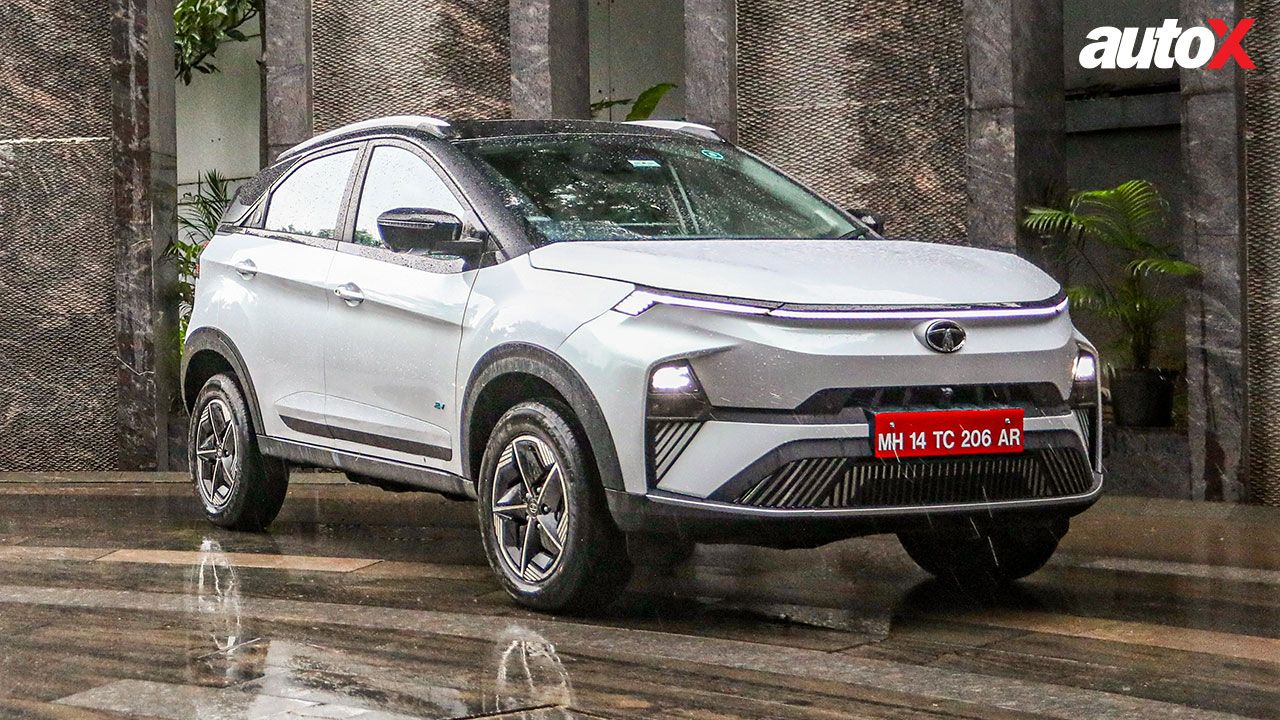
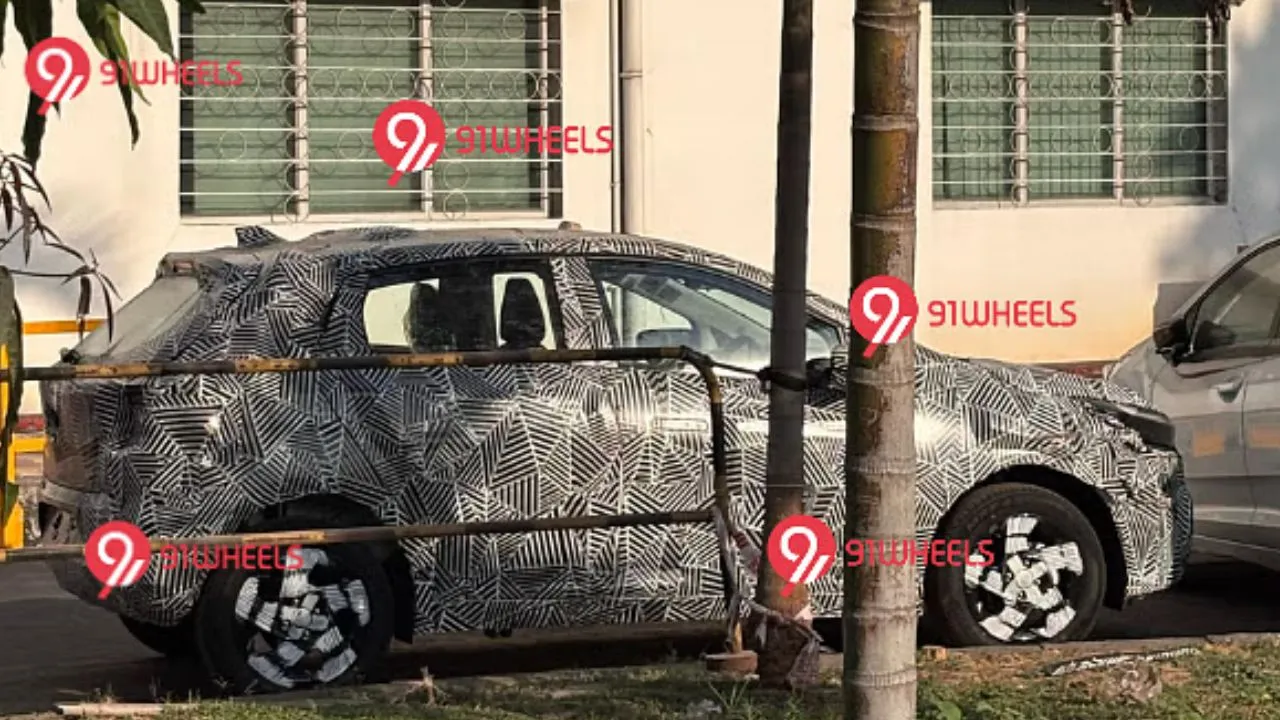
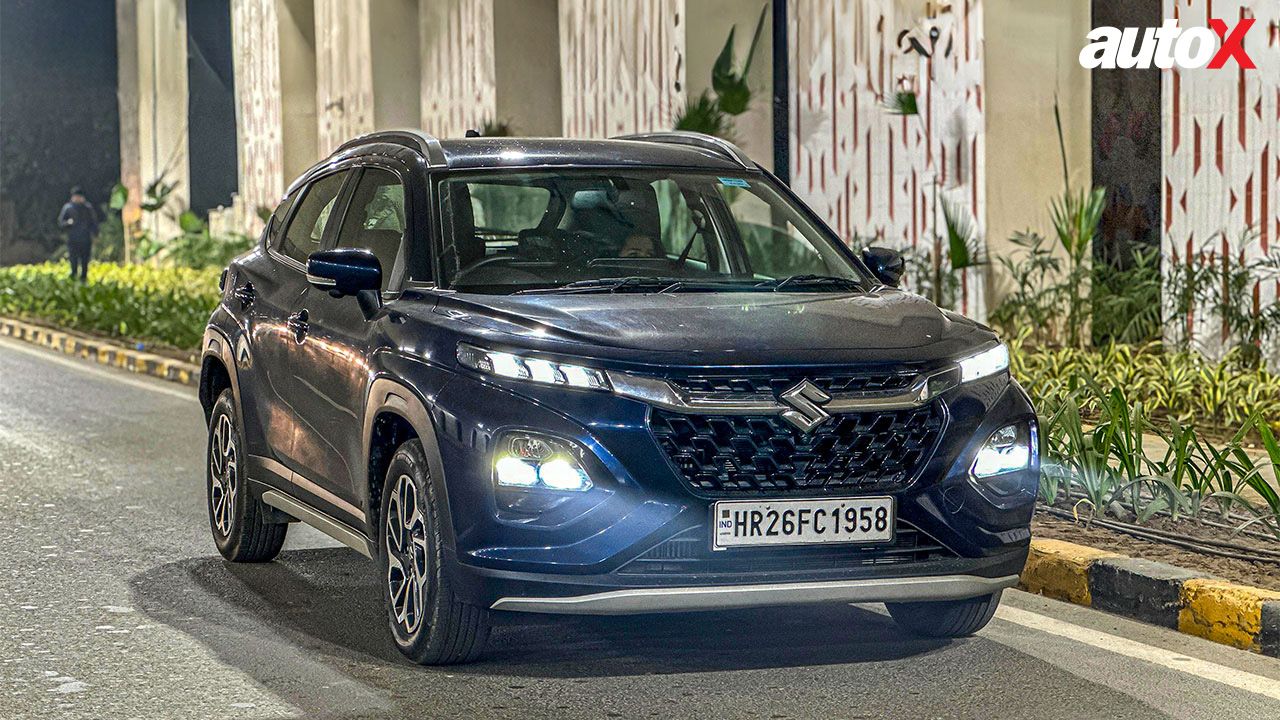
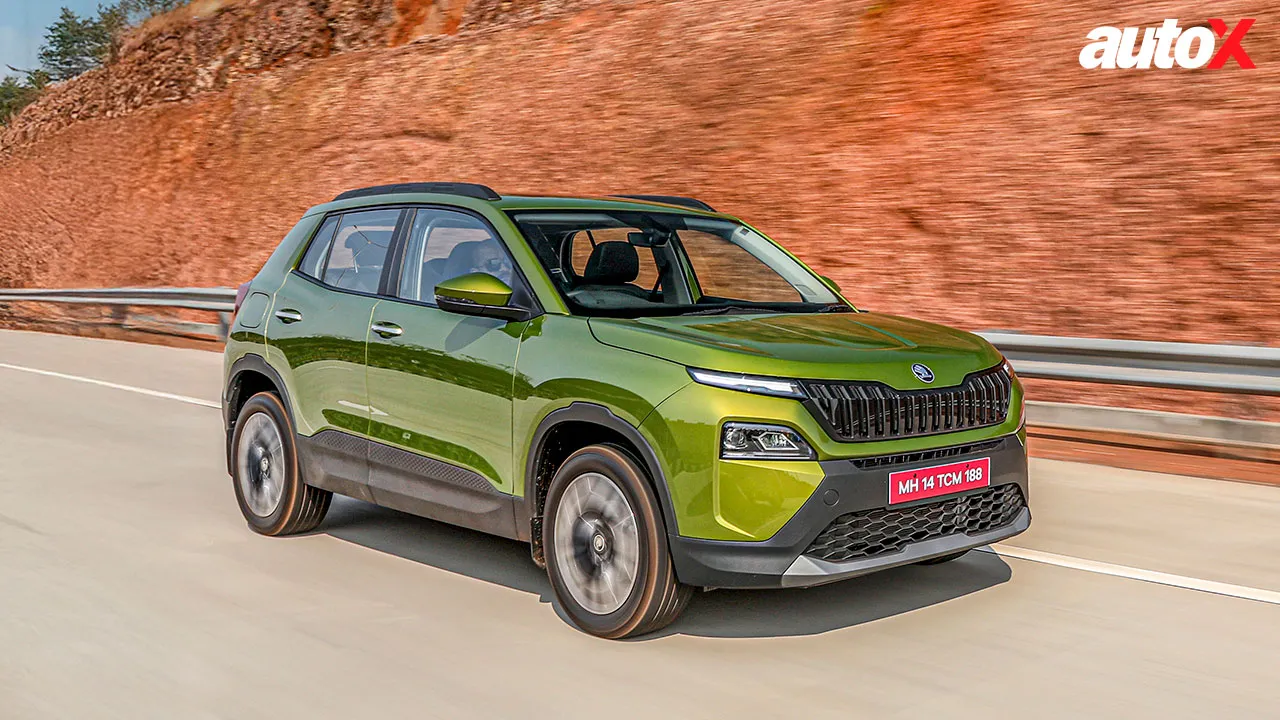
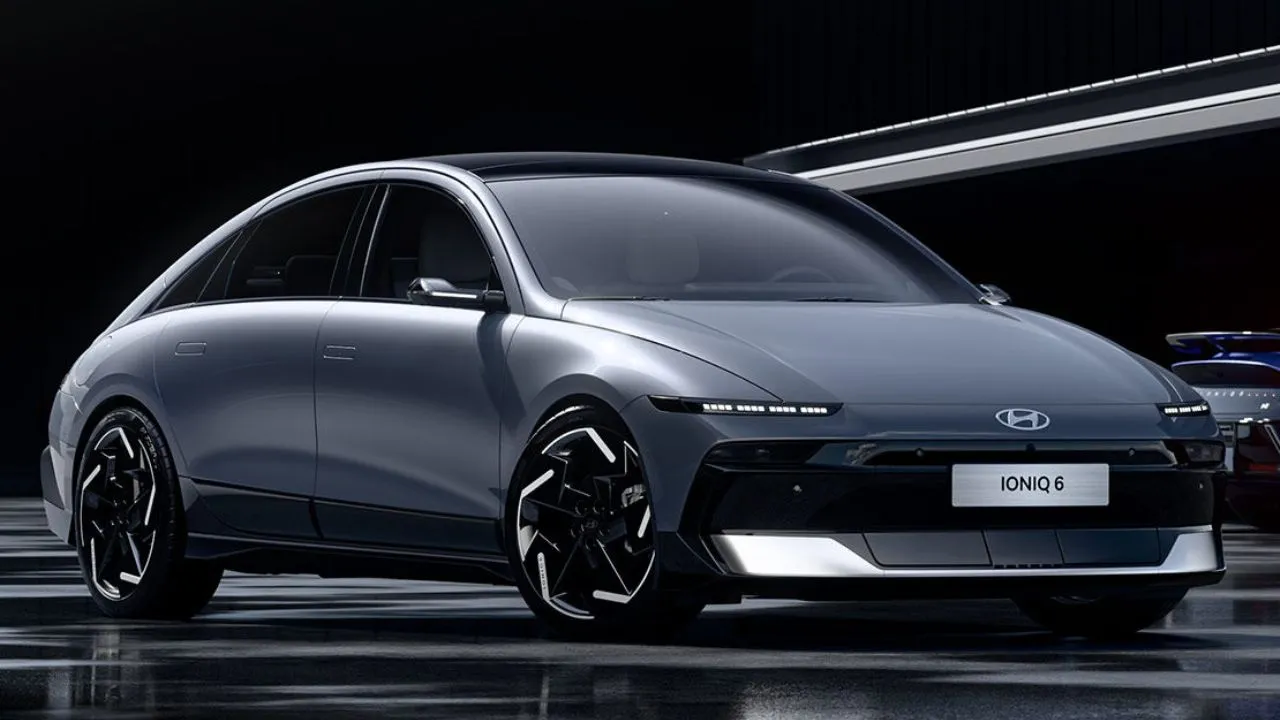
![1741761588921 Jnu6 2024 Hyundai Alcazar [1]](https://images.autox.com/uploads/2025/03/1741761588921-jnu6-2024-Hyundai-Alcazar-[1].webp)
.webp)














Write your Comment on